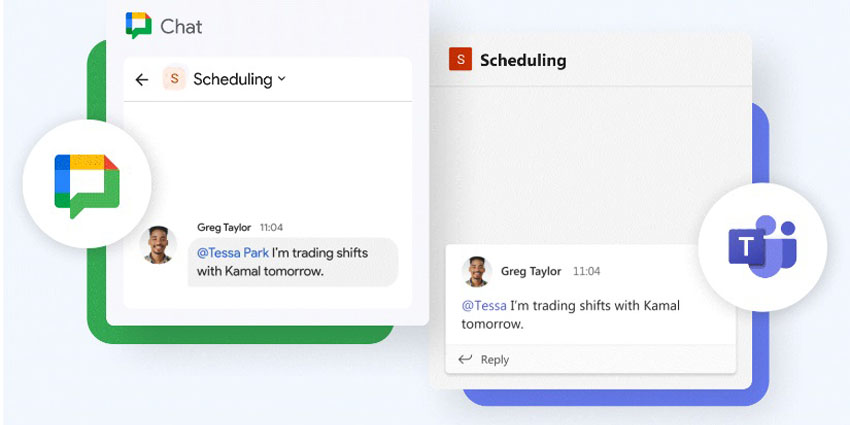It’s the debate that’s dividing us all – work-from-home, or not work-from-home.
The camp we fit into has begun to define us; redrawn our work-life balance and maybe even permanently changed the people we are.
Hyperbole? Well, not when you speak to those for whom WFH is their new, established normal (even if the couple of days a week spent in the office technically means they are ‘hybrid’).
This rapidly expanding band of digital nomads now value a new way of life; what began as a forced exodus from the office to combat Covid-19 now something many of them wouldn’t swap for the world.
Depending on the multiple and often contradictory studies you read about hybrid working productivity, it’s possible to make a strong case either for or against.
And that’s before you get to the empty city centre real estate issues, or the economic devastation caused to hospitality and retail operators which no longer benefit from daily ‘worker’ footfall.
However, some organisations do now view WFH as having served its purpose: most particularly those in the public sector. In the UK, there is demand at the highest level of government for a full return to the office; the same is true globally.
Trouble is, public sector workforces have grown used to their improved WFH technology – smart devices, clever software, powerful collaboration platforms, integrated workflow apps – so, to entice them back, that same user experience must be provided at their old desk.
“The public sector is a little different to the corporate world,” says Claire Dutton, Senior Enterprise Sales Manager at global communication and collaboration solutions provider Poly, whose offering ticks many of the boxes.
“It can be problematic for public sector organisations to mandate employees to return to work when one of the main reasons for them resisting is a concern over contracting Covid-19.
“Public sector employees also really like their WFH work-life balance so organisations must provide as many compelling reasons as possible to help persuade them to return.”
The public sector in general is now beginning to get it.
Technology procurers understand that they need to provide a technological user experience that is closer to the corporate world.
The new, most-fundamental requirement? Meeting equity.
“It’s really important that users enjoy the same business-grade meeting experience as each other,” says Dutton.
“Users of high-quality cameras and headsets can be seen, heard and understood in a very clear way; enabling them to interact fully and productively. For example, we have technology which allows users to be framed in a certain way and to see each other in that same way for the duration of the meeting. Prior to using the equipment and software that has recently supported their forced WFH regime, many public sector employees would have been used to a very different and poorer user experience to which they do not want to return.”
However, unlike the private sector, the funding needed to deliver that kind of upgrade comes from the public purse; so, cost is rightly a concern. That said, investment in a long-term strategy highly likely to deliver sound returns should be an easy pre-sale conversation to begin.
“It’s the public sector so it always has to be about budget,” says “Dutton.
“We are able to help them justify expenditure by being very upfront and honest about the life cycle of the products but also by utilising any legacy kit that they may be able to continue to leverage. For example, many public sector customers may have already been Microsoft users but they might not necessarily have been on a Microsoft Teams trajectory. Instead, they may have relied on on-premises Skype For Business. That’s why we ensure that our technology can be utilised in that old environment. It means they can sweat their existing assets whilst simultaneously future proofing.”
The public sector is also under constant pressure to satisfy modern sustainability and accessibility commitments.
“Our products meet global production emissions requirements and the cutting-edge technology deployed within them ensures high-grade accessibility,” says Dutton. We make sure public sector customers make the right technology decision to suit their needs.”
But, for public sector procurers, return on investment is about service level agreements too.
“We have a culture that is fully customer-focused,” says Dutton.
“Customer First’ is one of our guiding leadership principles. Our service wrap and technical aftercare support is one of our USPs that we are very proud and of which we work tirelessly to ensure is of the highest quality.”
It seems the public sector will be playing rapid catch-up. Pick the right vendor partner and you can play too.
To learn more about how your business can help the public sector leverage the power of technology, visit Poly.







